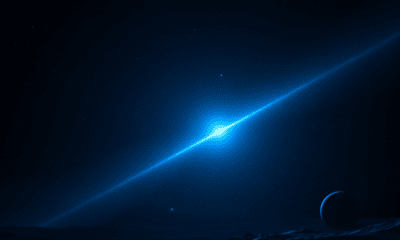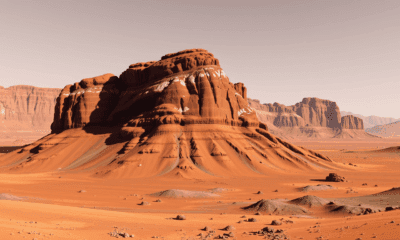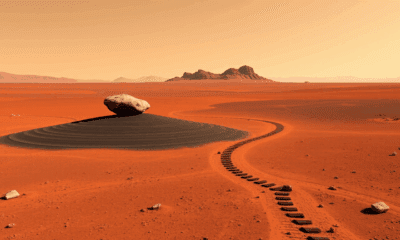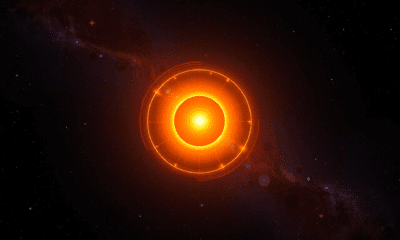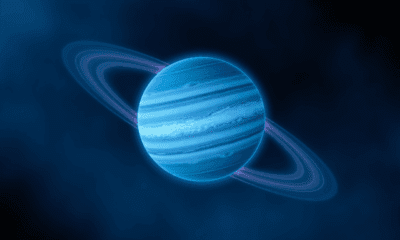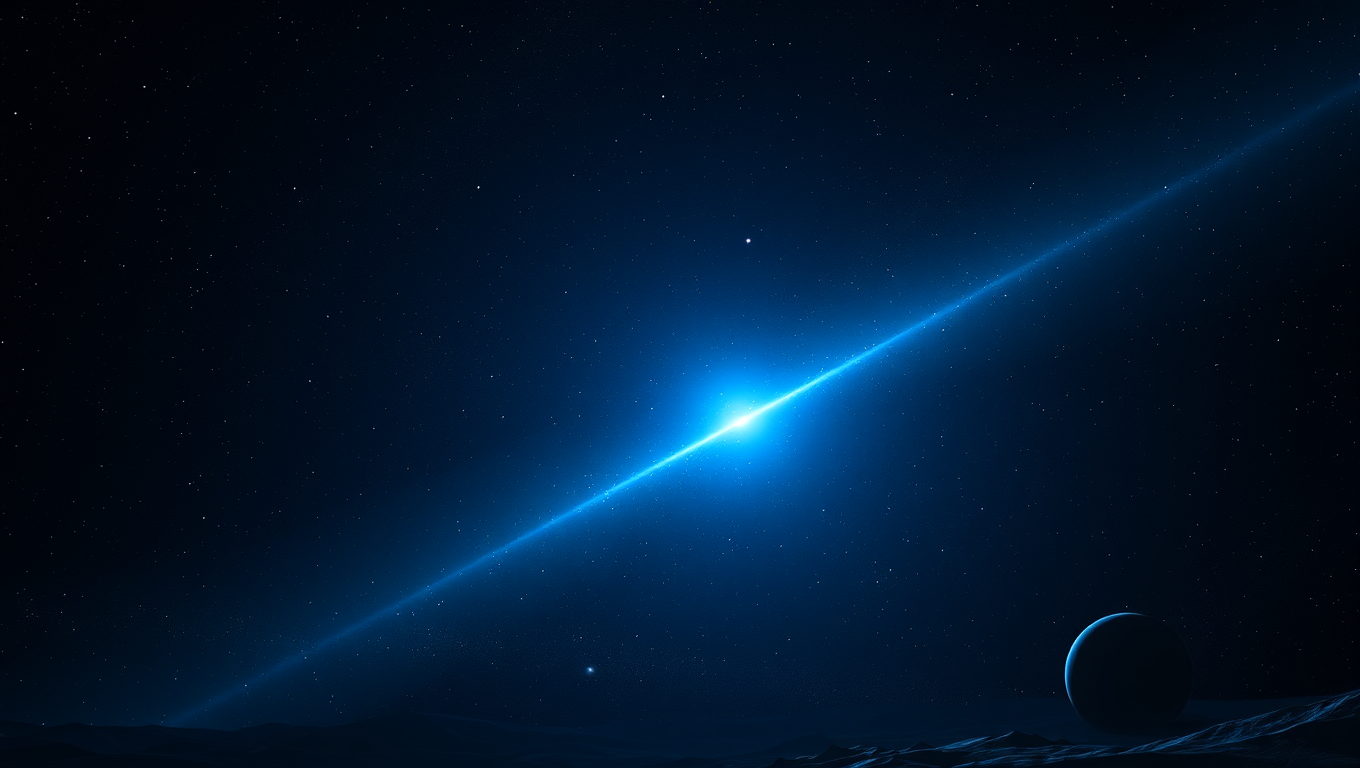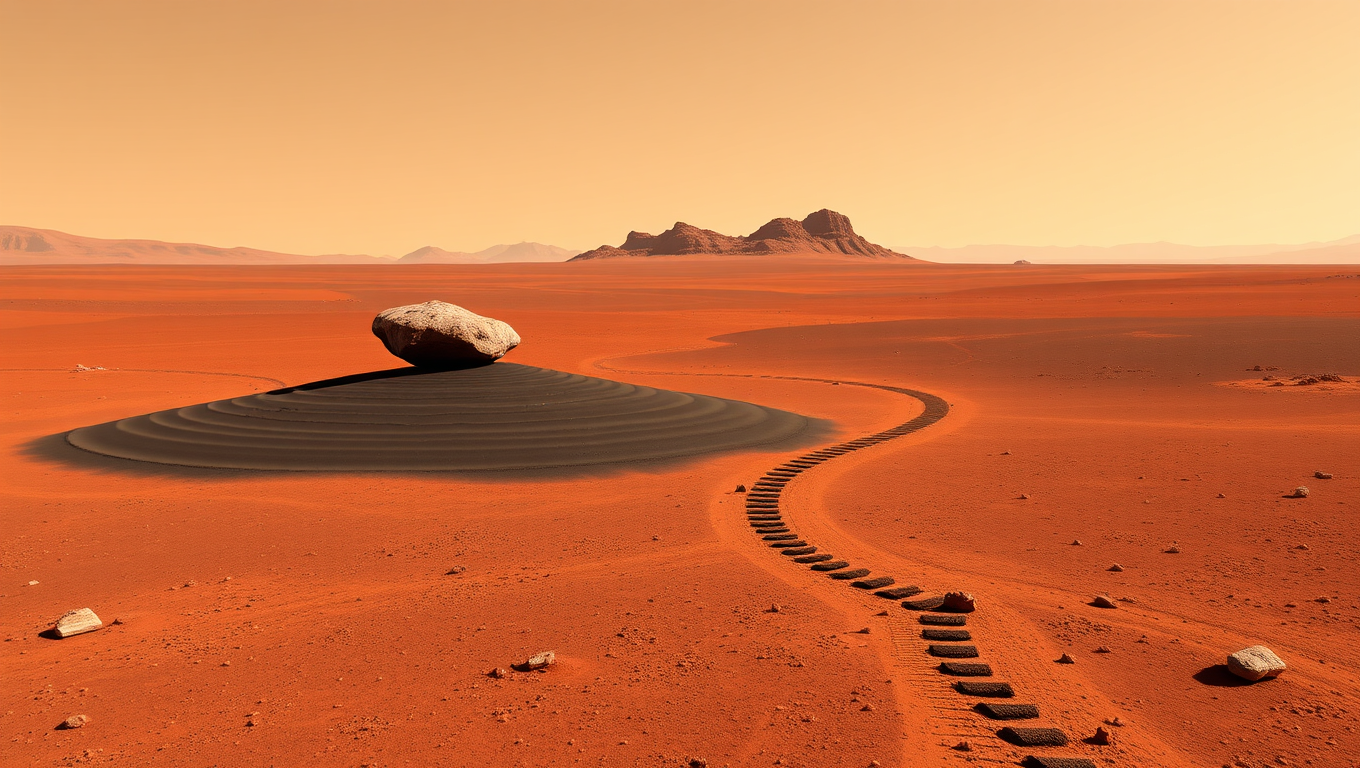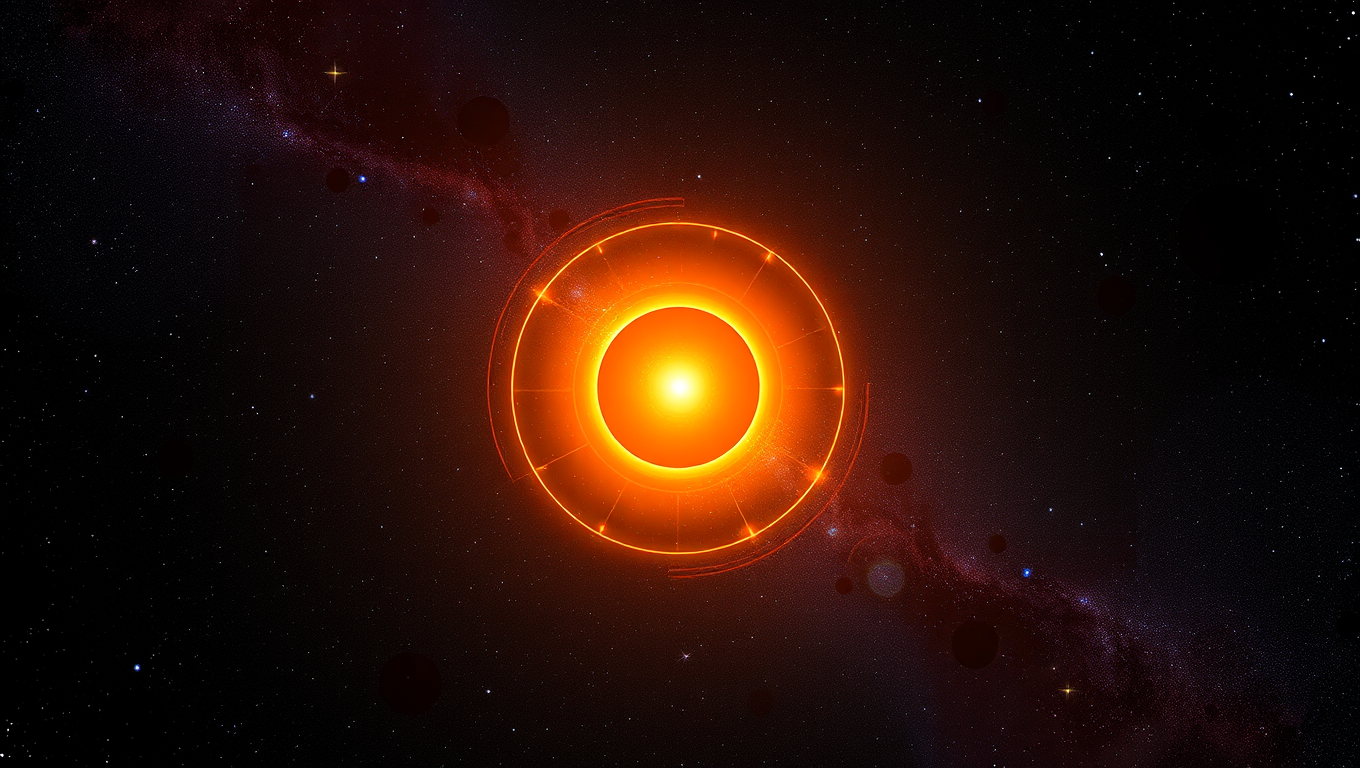While we try to keep things accurate, this content is part of an ongoing experiment and may not always be reliable.
Please double-check important details — we’re not responsible for how the information is used.
Extrasolar Planets
Mars May Host Liquid Water for Brief Periods Twice a Day
Mars, once thought too cold and dry for liquid water, may briefly host salty brines twice a day during certain seasons. These fleeting bursts wouldn’t be enough to sustain humans, but they could have supported hardy life in Mars’ past—and may guide future missions searching for signs of it.
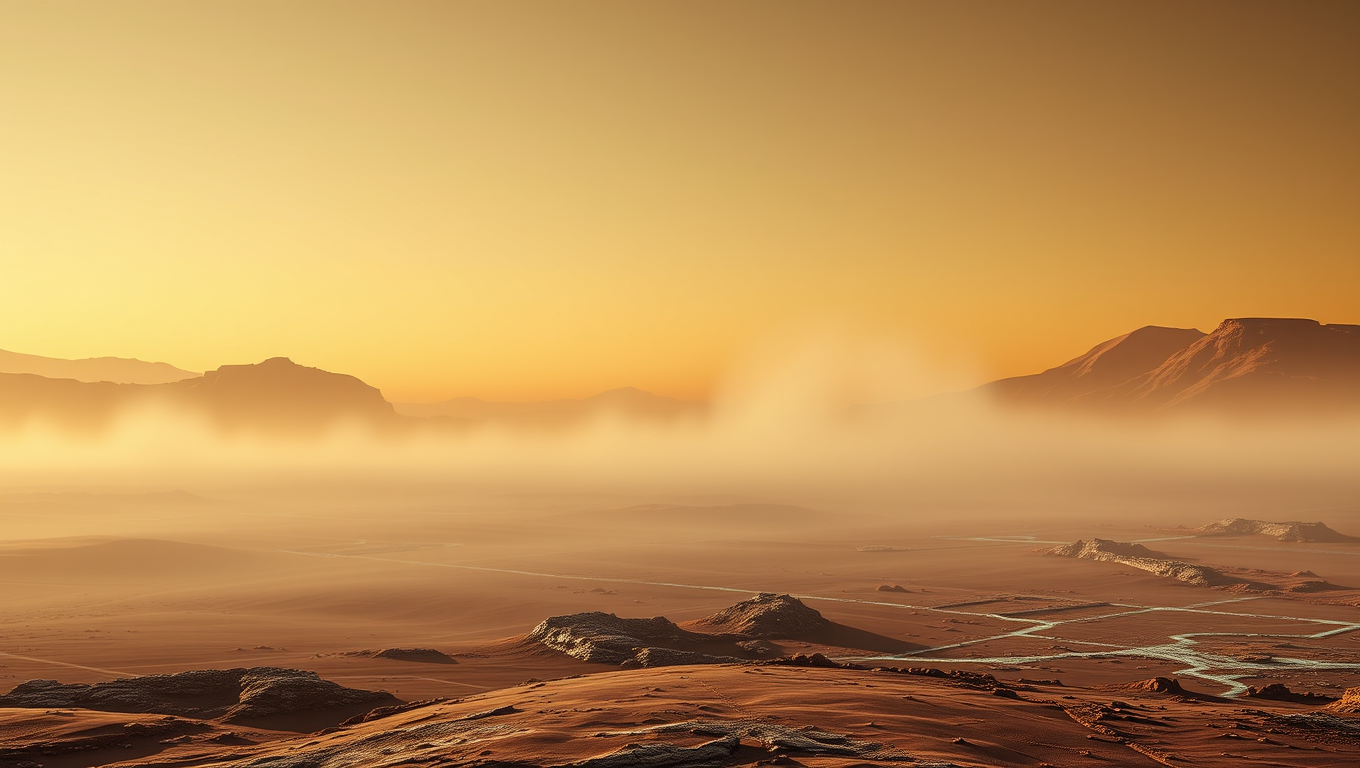
Asteroids, Comets and Meteors
Unveiling a Hidden World: Astronomers Discover Distant Object at Solar System’s Edge
Astronomers have uncovered a massive new trans-Neptunian object, 2017 OF201, lurking at the edge of our solar system. With an orbit stretching 25,000 years and a size that may qualify it as a dwarf planet, this mysterious world challenges long-held assumptions about the “empty” space beyond Neptune. Its unusual trajectory sets it apart from other distant bodies and may even cast doubt on the controversial Planet Nine hypothesis.
Dark Matter
Clearest Mars Images Yet Reveal Stunning Terrain and Mysterious Rock Formation
Captured at a location called “Falbreen,” this 360-degree view mosaic was stitched together 96 images that were acquired May 26, 2025. In the upper image, the enhanced-color mosaic features deceptively blue skies and the 43rd rock abrasion (the white patch at center-left) of the NASA Perseverance rover’s mission at Mars. Below, in the natural-color version of the “Falbreen” panorama, colors have not been enhanced and the sky appears more reddish. Credit: NASA/JPL-Caltech/ASU/MSSS
Asteroids, Comets and Meteors
The Elusive Planet Next Door Continues to Baffle Astronomers
NASA’s James Webb Space Telescope has detected strong evidence for a giant planet orbiting Alpha Centauri A, the nearest Sun-like star to Earth. Located just 4 light-years away, this possible Saturn-mass world may travel between one and two times the distance from its star that Earth does from the Sun. The planet appears to lie in the habitable zone, though its gas giant nature makes it unlikely to host life.
-

 Detectors7 months ago
Detectors7 months agoA New Horizon for Vision: How Gold Nanoparticles May Restore People’s Sight
-

 Earth & Climate9 months ago
Earth & Climate9 months agoRetiring Abroad Can Be Lonely Business
-

 Cancer8 months ago
Cancer8 months agoRevolutionizing Quantum Communication: Direct Connections Between Multiple Processors
-

 Albert Einstein9 months ago
Albert Einstein9 months agoHarnessing Water Waves: A Breakthrough in Controlling Floating Objects
-

 Earth & Climate8 months ago
Earth & Climate8 months agoHousehold Electricity Three Times More Expensive Than Upcoming ‘Eco-Friendly’ Aviation E-Fuels, Study Reveals
-

 Diseases and Conditions9 months ago
Diseases and Conditions9 months agoReducing Falls Among Elderly Women with Polypharmacy through Exercise Intervention
-

 Chemistry8 months ago
Chemistry8 months ago“Unveiling Hidden Patterns: A New Twist on Interference Phenomena”
-

 Agriculture and Food8 months ago
Agriculture and Food8 months ago“A Sustainable Solution: Researchers Create Hybrid Cheese with 25% Pea Protein”

